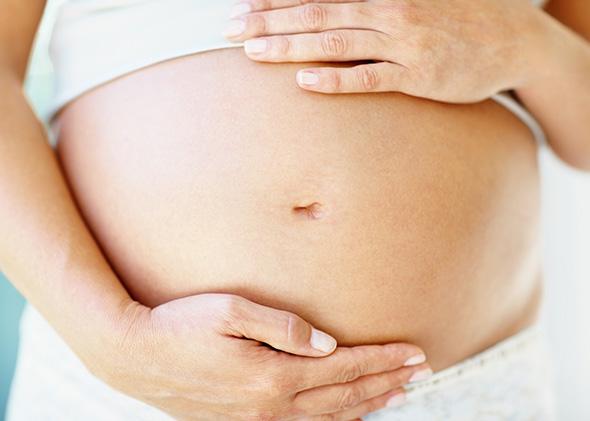Not really . Blackstone disagrees. Ad well as an 1812 Court Case in Massachusetts. Amicus Briefs are not reliable sources of truth. Joseph Dellapenna can claim his truth all he wants but he can’t change the reality on the ground with respect to quickening in the newly founded United States of America.
May 27, 1537 was a momentous day for Jane Seymour, the third wife of Henry VIII. She had been pregnant for some months, but now it was official:...

slate.com
For centuries the quickening also had important legal ramifications. British common law, eventually imported to Colonial America, outlawed abortion only if it took place after the quickening. Likewise, a pregnant woman could not be executed post-quickening. The English jurist William Blackstone wrote in 1770, “To be saved from the gallows a woman must be quick with child—for barely with child, unless he be alive in the womb, is not sufficient.” In other words, a fetus whose movements could not yet be detected was not yet fully alive.
An 1812 Massachusetts court case, Commonwealth v. Bangs, confirmed that pre-quickening abortions “would remain beyond the scope of the law.” Even though states began to pass criminal abortion statutes in the 1820s, courts before 1850 rarely heard cases involving pre-quickening abortion.
The case for prenatal personhood being accepted by state legislatures by 1868 has a solid foundation.

humandefense.com
Early Recognition of Criminal Abortion
The earliest known reference to criminal abortion in the United States came in 1812 with
Commonwealth v. Bangs. [1] This Massachusetts case alleged that Isaiah Bangs assaulted Lucy Holman — who was pregnant with their unborn child — and forced her to consume poison in an unsuccessful attempt to induce an abortion. The Massachusetts Supreme Court determined that Holman willingly consumed the poison, absolving Banks of liability. Additionally,
since no criminal abortion laws existed anywhere in the United States at the time, the ruling was entirely based on English common law with determination that the quickening (the point at which a pregnant woman could feel fetal movement) should be the threshold for criminality. The precedent set by this case eventually served as a common demarcation between misdemeanor and felony in many early criminal abortion laws.

www.rawstory.com


